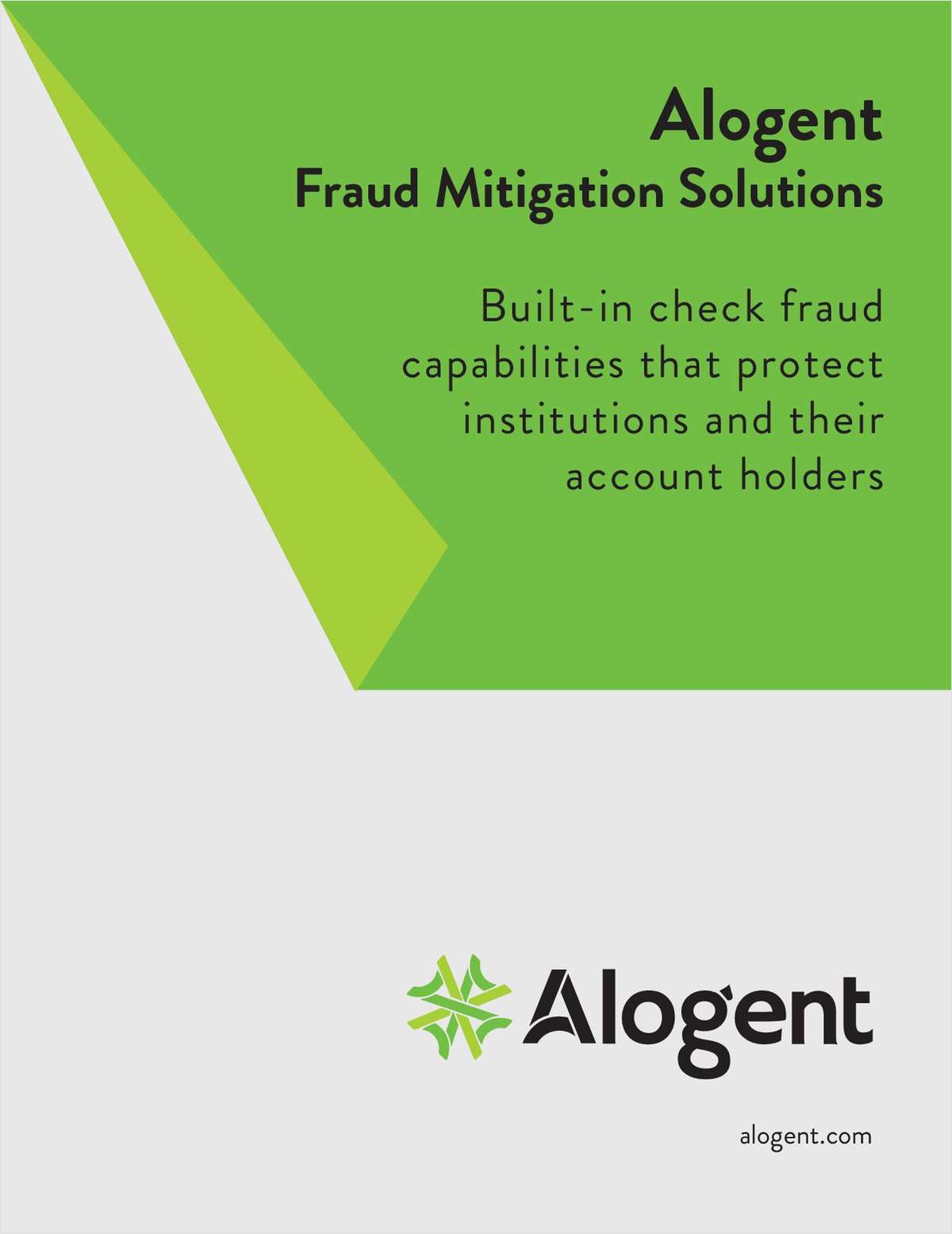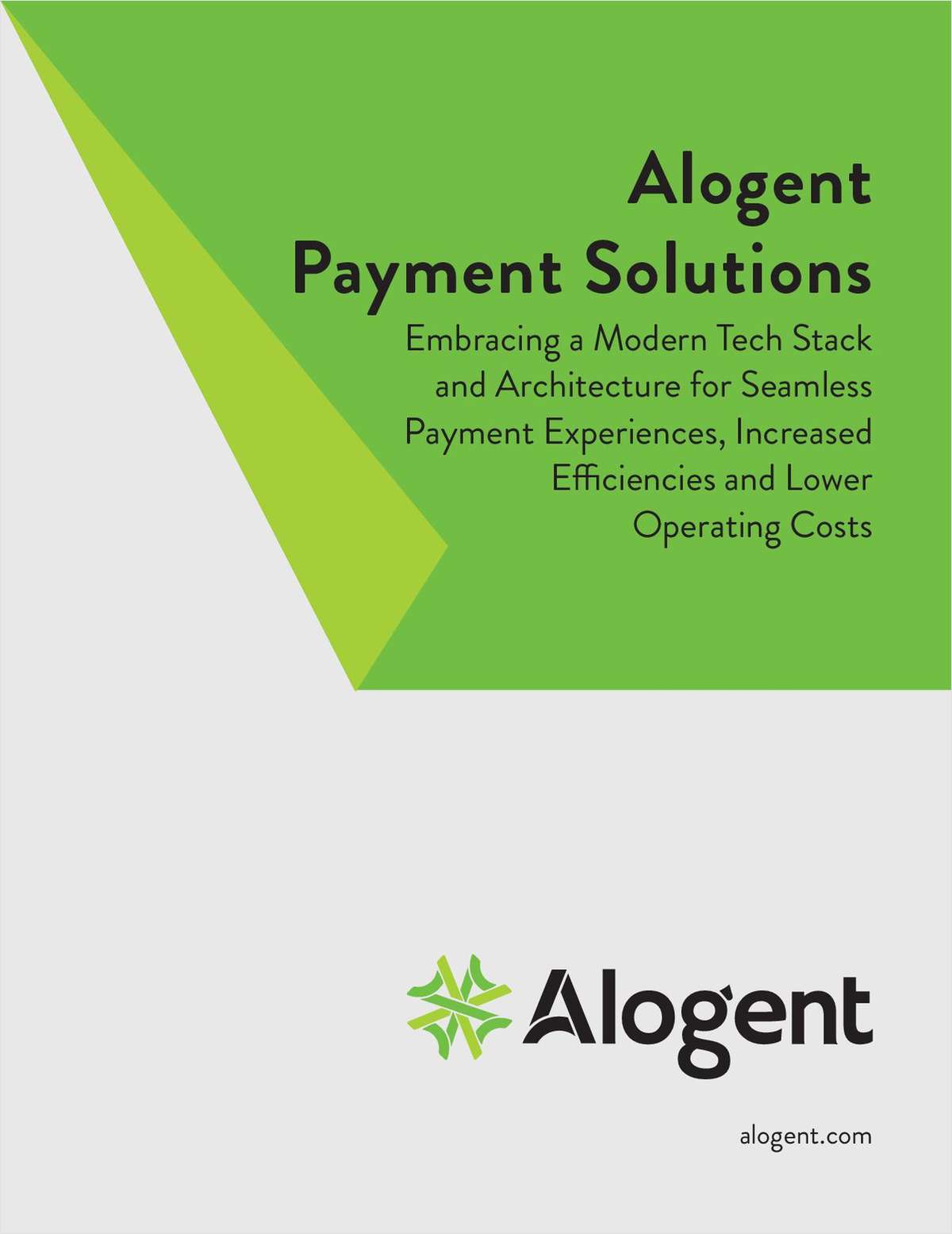DALLAS – Consumers nationwide lose billions of dollars annually as a result of predatory lending practices by check cashers, finance companies, pawn shops, and rent-to-own companies, to name a few. Credit unions hoping to help curb these losses, and redirect money back into their communities, attended a free day-long "Alternatives to Predatory Financial Practices" workshop to hear the innovative approaches their peers are taking to combat this problem. Sponsored by the Texas Credit Union League, the National Credit Union Administration and the Texas Credit Union Foundation, the event was part of NCUA Board Member Deborah Matz' Partnering and Leadership Successes (PALS) new member outreach workshop series. "Predatory lending is both pervasive and insidious," Matz said to the capacity crowd in her opening remarks. "We know of 10,000 payday lenders in the U.S. We know of 35,000 check cashers and pawn stores. How many more are out there? These places are taking money out of the community – money that could be at credit unions." "The people who need credit unions most are those using predatory lenders," she continued. "When I see rates of 350% for payday loans, I know that's predatory lending. When I see rates of 450% at rent-to-own companies, I know that's predatory lending. And people are largely unaware that they're paying these outrageous fees." The workshop was divided into four segments – lending innovations to serve low-income communities, deposit innovations to serve low-income communities, products to enhance member services, and partnerships to enhance member services – that included presentations made by a panel of credit union professionals, followed by a question-and-answer period. Participants were challenged to think outside the box when looking to serve underserved or unbanked individuals with products that included a low-cost, low-interest, no-PMI mortgage loan, a $500 maximum payday loan alternative, with the only requirement being a monthly income of $1,000 or more. Joy Cousimer, CEO of Bethex Federal Credit Union, outlined her positive credit union/check casher cohabitation arrangement, and Greg Storch, CEO of U.S. Employees Credit Union, explained his successful Individual Development Account (IDA) program for refugees. Products and partnerships to enhance member services included international remittances, an ongoing financial education program conducted for City of San Antonio employees, a Volunteer Income Tax Assistance (VITA) program, grocery "in-store" depository services, and shared "neighborhood contact offices." John Whitson, credit committee chairman of Iberville Federal Credit Union in Louisiana attended the workshop looking for ways to educate his members on the pitfalls of payday loans. "I didn't realize the prevalence of payday lenders until I started checking around. And it's not just low-income individuals who are taking out these loans. We have many business professionals using their services." Edward Clack, manager of Galveston School Employees Federal Credit Union, said he has school district personnel earning annual incomes around $12,000 who can easily become victims of predatory financial transactions. He cited an example of a member who wanted a $2,000 credit union loan to pay a contractor for installing air conditioning in her home. "This contractor came in from out of town and gave her an estimate without measuring or even looking at her home," Clack said. "I said, `Let's see if we can't get your home air conditioned the right way.'" NCUA Board Chairman Dennis Dollar spoke to workshop participants about how credit unions can make a difference in reducing the impact of predatory lenders and in reaching the underserved. Utilizing a "TRUST" acronym, Dollar listed five reasons he believes credit unions are part of the solution to predatory lending: 1) Tradition: Most credit unions originally were founded because of predatory lending problems; 2) Reputation: credit unions are the one element in the traditional financial services community that doesn't ignore people of modest means; 3) Usury: Federal credit unions are limited by law to a maximum lending rate of 18 percent; 4) Structure: Predatory lending is profit-driven, credit unions are not-for-profit; and 4) Today's results: In the last three years, 558 credit unions have adopted a total of 975 underserved areas with 64.7 million potential members. "The reason you're part of the solution is because your members trust you," he told credit unions. Summarizing workshop content, Deborah Matz said themes repeated throughout the day included: looking for solid partnerships, developing convenient locations, hours and non-threatening procedures for low-income or minority individuals, and understanding potential members and marketing services accordingly. She also urged credit unions to be flexible in evaluating opportunities to serve the underserved. "Consider adding underserved areas, but know upfront that it is hard work. This may sound strange coming from an examiner," Matz said, "but you may have to take a few risks. If managed effectively, they will not pose a problem and will pay off in the long run." -
Complete your profile to continue reading and get FREE access to CUTimes.com, part of your ALM digital membership.
Your access to unlimited CUTimes.com content isn’t changing.
Once you are an ALM digital member, you’ll receive:
- Breaking credit union news and analysis, on-site and via our newsletters and custom alerts
- Weekly Shared Accounts podcast featuring exclusive interviews with industry leaders
- Educational webcasts, white papers, and ebooks from industry thought leaders
- Critical coverage of the commercial real estate and financial advisory markets on our other ALM sites, GlobeSt.com and ThinkAdvisor.com
Already have an account? Sign In Now
© 2024 ALM Global, LLC, All Rights Reserved. Request academic re-use from www.copyright.com. All other uses, submit a request to [email protected]. For more information visit Asset & Logo Licensing.









